'Boom of opportunities': How smugglers, Mexican cartels profit from US border restrictions
COCOPAH RESERVATION — The fingers of the smoldering flame snapped and flickered before the eyes of Luis Manuel Matos Alcantara as he stood shoulder to shoulder with a dozen other migrants, all confronting the dark, bitterly cold morning on the Cocopah Reservation near Yuma.
The group clustered around the warmth of the bonfire they had built, composed of stray twigs and debris, as they idled in a winding line of nearly 500 asylum-seeking migrants waiting to be processed by Border Patrol on a recent morning.
Alcantara, a Dominican Republic native, wore only a hoodie to protect him from the frigid temperatures as he stood in front of metal X-shaped Normandy vehicle barriers delineating the Arizona-Mexico border on the reservation. As he moved forward in line and toward another glowing hearth, Alcantara was overshadowed by the 30-foot maroon border wall that abruptly appeared at the end of the reservation.
Alcantara, now within sight of a U.S. haven, had nearly been kidnapped only 24 hours before he stood by the fire.
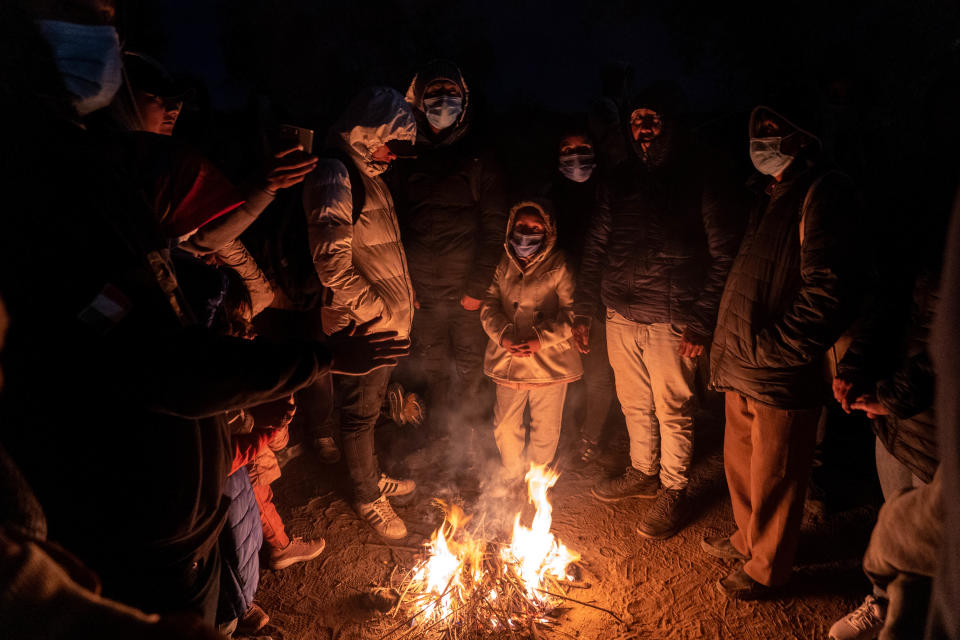
The kidnappers, often affiliated with Mexico's violent drug cartels, raided a bus Alcantara was riding in northern Mexico and searched everyone aboard, robbing them of all valuables and taking any migrants not from Mexico outside.
As Alcantara and a handful of migrants waited near the bus, Alcantara leaped into the brush off the side of the road, shredding his clothes as he tumbled down a gully.
The men shined their lights toward the brush, attempting to find Alcantara as he fled into the mountains and found his way to the Arizona-Mexico border, he said.
“I was very afraid for my life,” Alcantara said. “I was going to freeze to death because my clothes ripped and everything.”
A handful of his remaining friends were taken by the men, joining thousands of other victims of criminal organizations who prey upon vulnerable migrants during their journeys to the U.S. and as they’re marooned in Mexico.
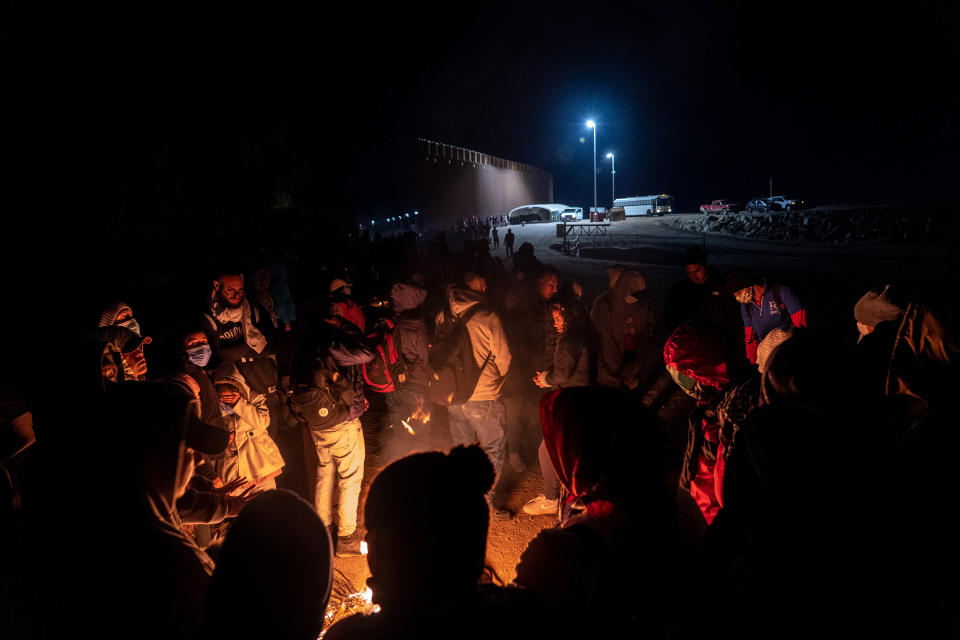
'They're stuck and they're vulnerable'
Trump-era border restrictions, which have forced some asylum-seeking migrants to wait in Mexico for nearly four years, have fueled the lucrative profits of cartels and smugglers who have capitalized on the immense migrant population in the country, experts say.
Criminal organizations have exploited unprotected migrants who were expelled from the U.S. under Title 42, the pandemic-era border restriction, and others awaiting their immigration court hearing under the “Remain in Mexico” program, formally known as Migrant Protection Protocols.
Under the policies, thousands of migrants have become stranded in Mexico with no protection from either U.S. or Mexican authorities as cartels have increased their involvement in migrant smuggling over the past decade, transforming the operation into a multibillion-dollar enterprise.
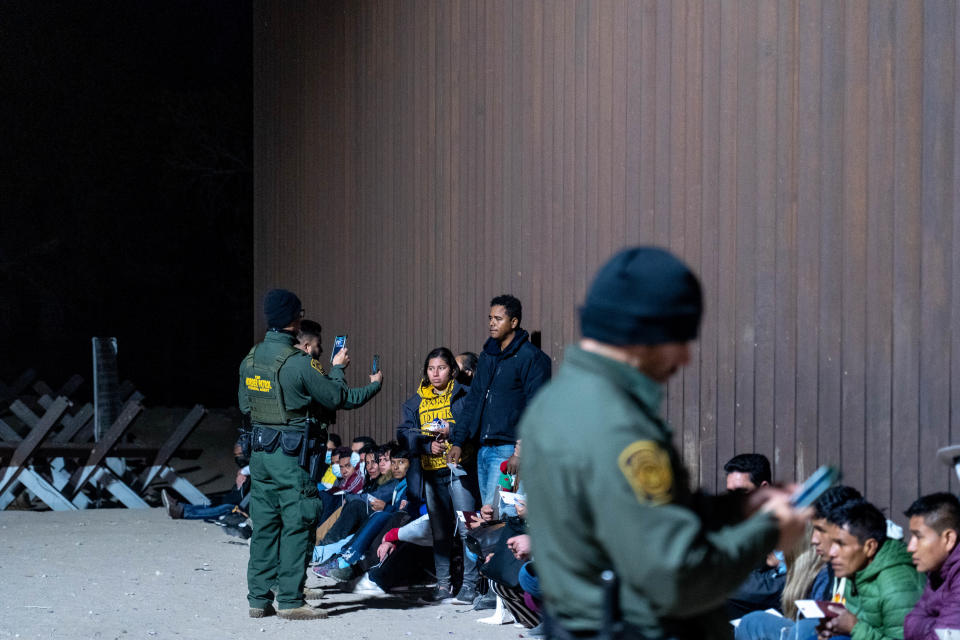
The policies gave criminal organizations a “boom of opportunities and people to profit from,” according to Javier Osorio, assistant professor in the School of Government and Public Policy and expert on cartel violence at the University of Arizona.
“MPP and Title 42 created a bonanza for human traffickers on the Mexican side,” Osorio said.
“(Migrants) stay in Mexico for weeks and months, which makes them sitting ducks to be targeted by criminal groups who want to extort them or offer opportunities.”
Smugglers, known as “coyotes,” exploit migrants for thousands of dollars to take them across the U.S.-Mexico border, and, sometimes, extort them into carrying drugs, experts say.
Title 42 allows border officials to rapidly expel migrants and shutter official ports of entry along the U.S.-Mexico border to asylum seekers, with a few exceptions. The restriction has led to an increase in the number of people trying to cross multiple times, given that they are largely exempt from long-term consequences if caught.
With the policy in place, coyotes have multiplied their profits by charging migrants for their repeated crossing efforts. If migrants are expelled, they’re swiftly thrust back into the clutches of the awaiting cartels and coyotes, sometimes, in a matter of hours.
“We have a border policy that is driving families and refugees directly into the hands of organized crime,” said Chelsea Sachau, managing attorney of the Border Action Team at the Florence Immigrant and Refugee Rights Project.
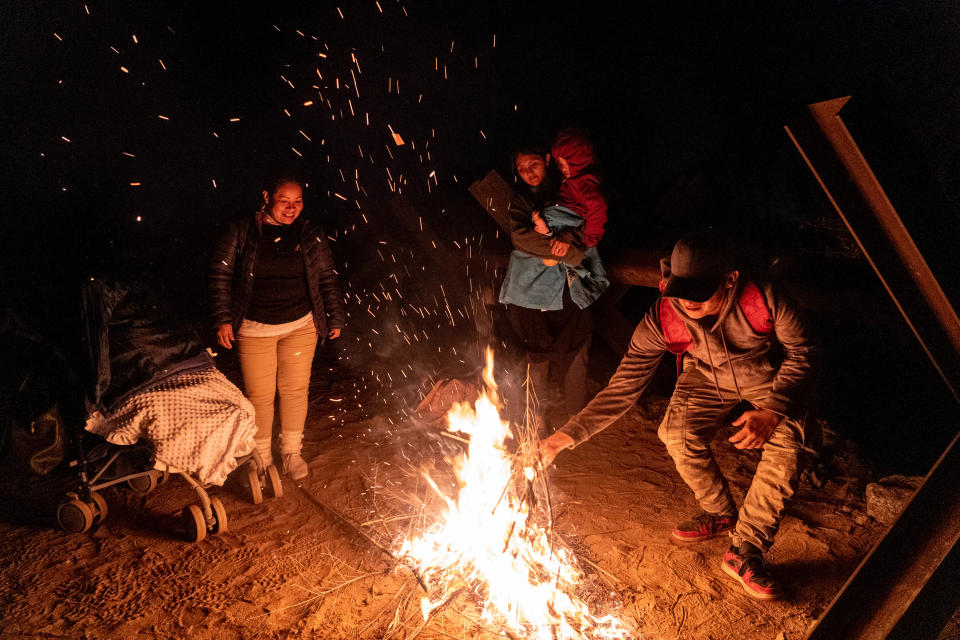
Mexican cartels are criminal syndicates, composed of numerous smaller factions, that exert control over large portions of the U.S.-Mexico border and often profit from drug, smuggling and human extortion operations.
Migrants are stuck in a foreign country away from their families with no social networks and, sometimes, don’t even speak the language.
“They're stuck and they're vulnerable and they're preyed upon,” Sachau said.
Since January 2021, Human Rights First has documented at least 10,318 reports of “kidnapping, murder, torture, rape, and other violent attacks” against migrants expelled to Mexico under Title 42.
Humanitarian workers have reported that cartel-affiliated vehicles frequently patrol the border bridges in Nuevo Laredo, Mexico, the city across the border from Laredo, Texas, looking for recently expelled migrants to kidnap and torture for ransom money.
“These policies basically created an avalanche of people going to Mexico and staying there for a long time,” Osorio said. “Suddenly, you have the multiplication of opportunities to make more money from this vulnerable population.”
The slated end of Title 42 will lead to increased migration levels as “smugglers will seek to take advantage of and profit from vulnerable migrants," Secretary of Homeland Security Alejandro Mayorkas said in an April memo when the policy was set to end in May.
The business of smuggling
Vast fields of lettuce and winter vegetables stretch toward Yuma on the U.S. side of the border near the Cocopah Reservation. The line of migrants made its way off tribal lands and toward the border fence. Border Patrol agents stood beneath fluorescent lights near the fence as a dozen migrants waited to board the buses nearby.
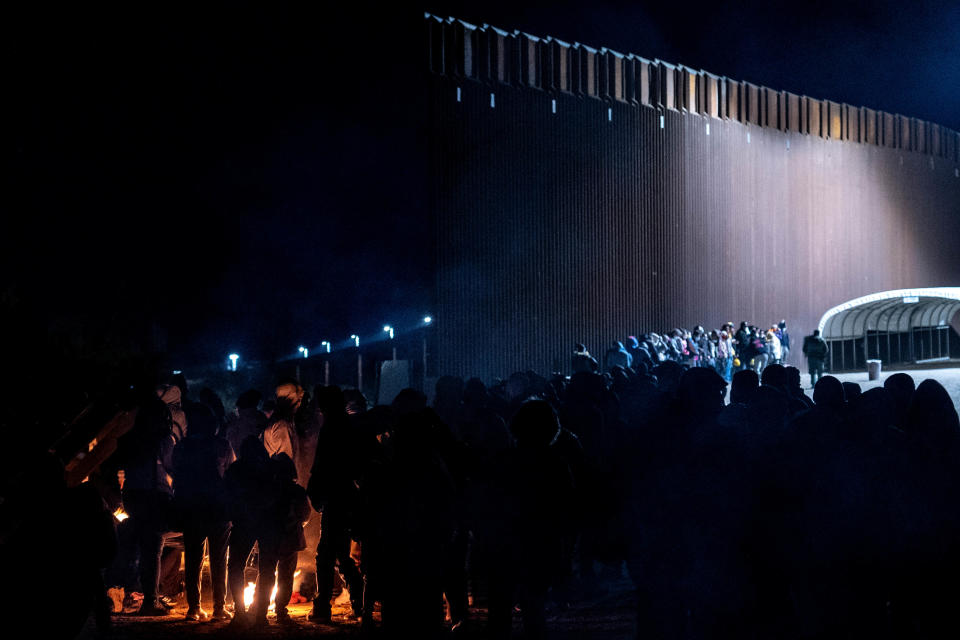
Alcantara and the others had crossed into the United States near Arizona's southwestern tip, where the Colorado River and Mexico lie to the west. This area, near the Morelos Dam, has become a popular crossing point for migrants, in part because of its lower water levels and spacious gaps along the unfinished border wall.
More than 100 double-stacked shipping containers are currently plugging the gaps in the fence after an order by Arizona Gov. Doug Ducey.
Portions of the Cocopah Reservation flank the area, with one segment extending south and another located north. On the reservation, the U.S.-Mexico border is only marked with vehicle barriers.
Opposite the fields, in Baja California, Mexico, cars can be seen driving along a highway a short distance away. Migrants are often dropped off at the highway and walk the rest of the way to the border, according to Border Patrol.
Border Patrol agents see about 800-1,000 people arrive in the area daily. Agents and Cocopah Indian Tribe law enforcement officials maintain a strong relationship as they manage the sizable flow of migrants.
“Our greatest challenge right now is the influx of people that are coming across illegally. We’re having to attend to them while attending to our own people,” Paul De Anda, public safety director with the Cocopah Indian Tribe, said in a video statement provided to the Arizona Republic.
“The Cocopah public safety mission is the care of its people first and foremost, and for us that means that we have to have control of our borders.”
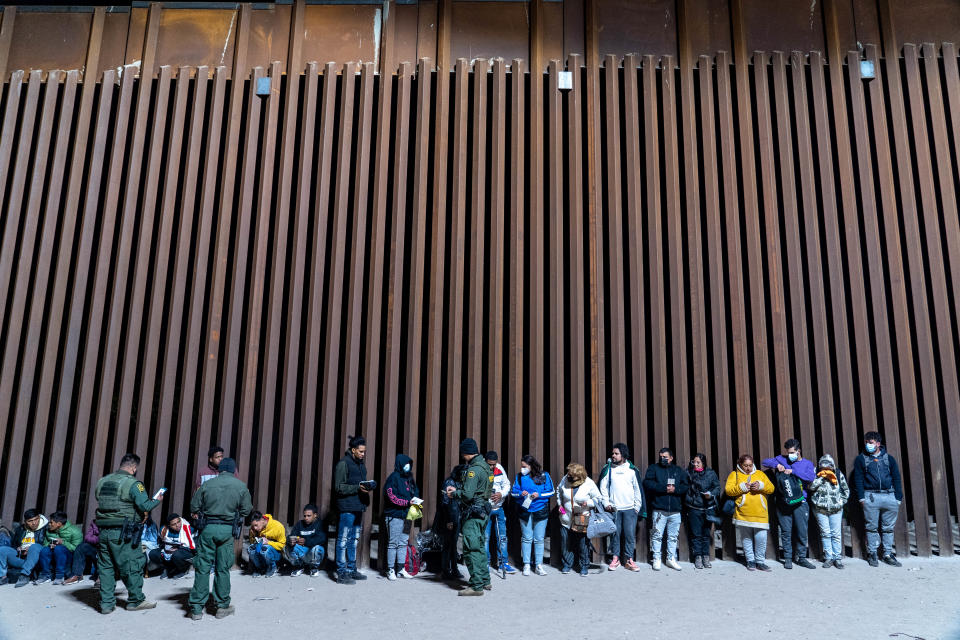
Migrants usually fly into Mexico City or Cancún in the latter legs of their journeys and then fly to Mexicali, Baja California, according to Border Patrol.
From Mexicali, they are shuttled in a bus or taxi for the hour-long ride and dropped off at the highway within walking distance of the border.
Along the Border Patrol’s Yuma Sector, smuggling prices can range from a few thousand dollars to as much as $15,000, according to Chris Clem, chief patrol agent of the Border Patrol’s Yuma Sector.
“It's a huge profit-making business for the cartels and the smuggling organizations,” Clem said.“Nobody crosses the border without paying somebody or some fee.”
One migrant from Cuba said he paid $8,000 to make the journey to the Arizona-Mexico border. He flew from Cuba to Nicaragua where he paid a coyote to take him the rest of the way, often walking or traveling by horse or motorcycle.
Nearby, a group of about a dozen migrants from the Dominican Republic said they each paid $7,000 to make the journey.
“There’s so much money being made and (the migrants) are the ones getting hurt,” one Yuma Sector Border Patrol agent said.
Historical migration trends have been “blown out of the water” as migrant smuggling has evolved into a year-round business for criminal organizations, Clem said.
In the early 1990s, smugglers often would take migrants over the border, across the desert and to their final destination, he recalled.
Today, smugglers don’t have to cross the border with migrants anymore as the whole process is arranged for them to get to the border and cross in areas where there’s a lack of infrastructure or agents are overwhelmed with migration flows, Clem added.
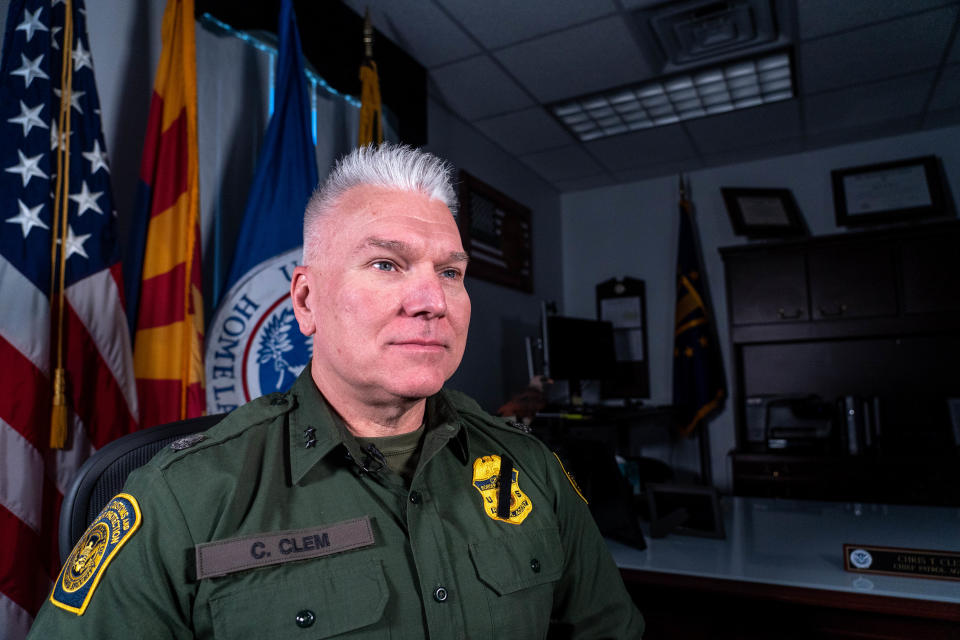
“It is big business for the clandestine industry of the cartels in Mexico, and it's human exploitation and they're making money,” Clem said. “The journey is not safe because (migrants are) in the hands of strangers.”
Cartels increase involvement with migrants
Over the past 20 years, and especially in the past 10, cartels have become more involved in migrant smuggling, according to Vanda Felbab-Brown, director of the Initiative on Nonstate Armed Actors at the Brookings Institution.
Until about the mid-2000s, a lot of migrant smuggling was run by independent coyotes who were separate from the cartels, she said.
“The border is highly prized territory for the cartels that has become more so,” Felbab-Brown said.
The cartels and their members typically don’t directly involve themselves in the smuggling of migrants but rather charge coyotes and other criminal groups fees to operate within their territories. Cartels decide which coyotes can operate on their land and act as “patrons” for independent smugglers.
“Everybody works directly or indirectly for the cartels because they allow you to operate for a charge,” Osorio said. “Cartels have incentives not to get directly involved themselves in this activity as a strategy to diversify risk.”
While it varies among cartels, in some cases, the criminal organizations become even more involved in the smuggling process. In these instances, cartels often kidnap migrants and extort their families for money or force them to carry drugs across the border.
There is increasing evidence that the Sinaloa Cartel has become more directly involved with smuggling migrants through Central America and Mexico, Felbab-Brown said.
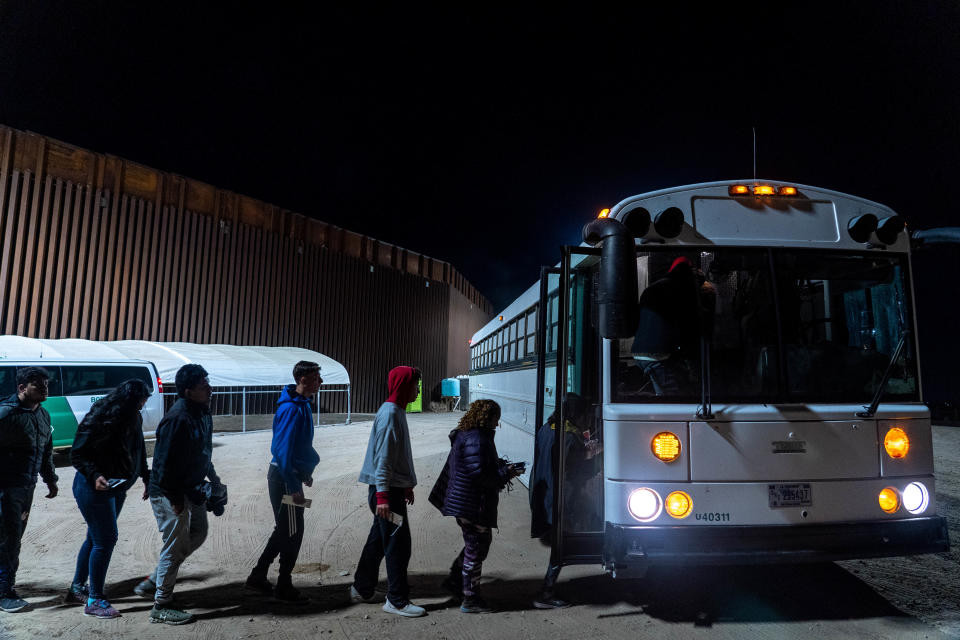
Over the years, cartels became more involved in migrant smuggling as they attempted to diversify their money-making avenues.
“Along the smuggling chains, the cartels are much more involved than they were 20 years ago,” Felbab-Brown said. “It's much greater than it used to be and along many more points than it used to be.”
Ray Rede, assistant special agent in charge for U.S. Homeland Security Investigations in Sells, Arizona, echoed Felbab-Brown, describing how criminal organizations have tightened their grip on the money moving through human smuggling operations over the years.
“There's so much profit to be made in it,” Rede said. “It was a kind of a side source of revenue, and now it's a bigger part of their financial portfolio.”
HSI is the investigative arm of the U.S. Department of Homeland Security and specializes in dismantling transnational human smuggling networks.
Smugglers see migrants as a “recyclable commodity” — people who can be exploited numerous times as they’re deported or return to their home countries before trying to migrate again, Rede said.
In contrast, if authorities seize drugs in the U.S., the “commodity” is never returning to the smugglers, Rede added.
In the early 2000s and through the 2010s, it was common to see “mom and pop” human smuggling organizations, which operated with the permission of drug cartels, that would kick money up to the heads of the criminal syndicates.
While these close-knit operations still exist, they’re far less common. Today, it’s more common to see the money go to the organization heads and trickle its way down the ranks, Rede said.
While cartels control large swaths of the U.S.-Mexico border, the organizations are composed of numerous smaller criminal groups. These smaller groups often switch fidelity between different cartels, sometimes day to day, Felbab-Brown said.
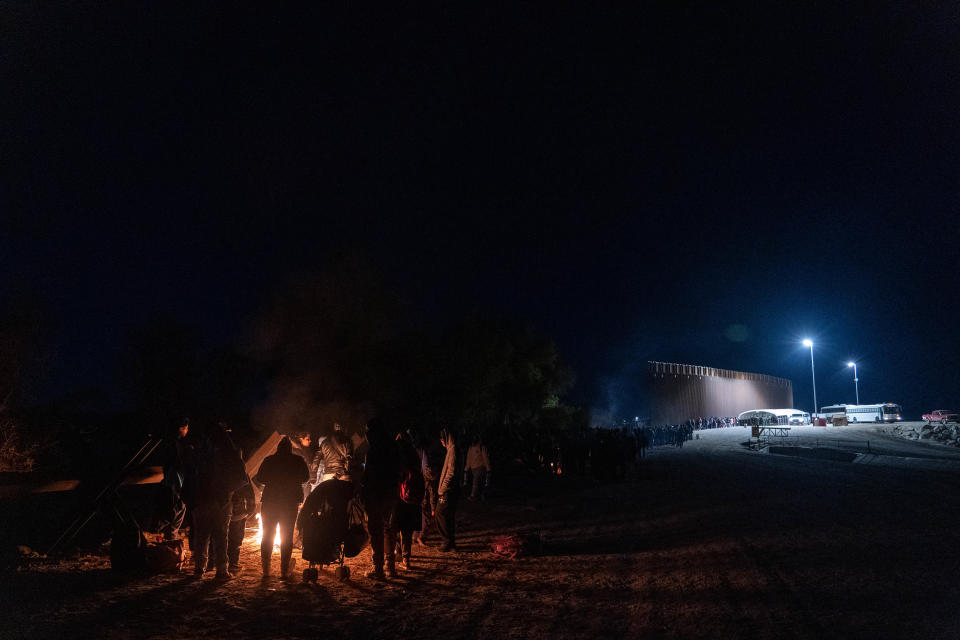
Cartels have generally become more involved in migrant smuggling but it would be a “misperception” to think that they are the sole organizers and operators of the process, she added.
Felbab-Brown pointed to independent coyotes, rampant corruption and complicity among law enforcement along smuggling routes as other contributing factors in the operation. Still, she stressed the vulnerability of migrants at the hands of the cartels as the organizations have increased their involvement in the operation.
“They're very much victims of the cartels,” Felbab-Brown said. “The cartels and the smugglers are what enables them to move and what enables them to escape, often the horrendous conditions, but they're also very brutalized by them.”
'Attacked from all different directions'
Rixilia Jarquin Hislop and Ursulina Castillo Blanco met on a bus.
The former strangers found refuge in each other as cartel members, donned in all-black attire with masks that only revealed their eyes, descended on their bus traveling toward Mexicali, Baja California. The two women were both traveling from Nicaragua, their home country, to seek asylum in the U.S.
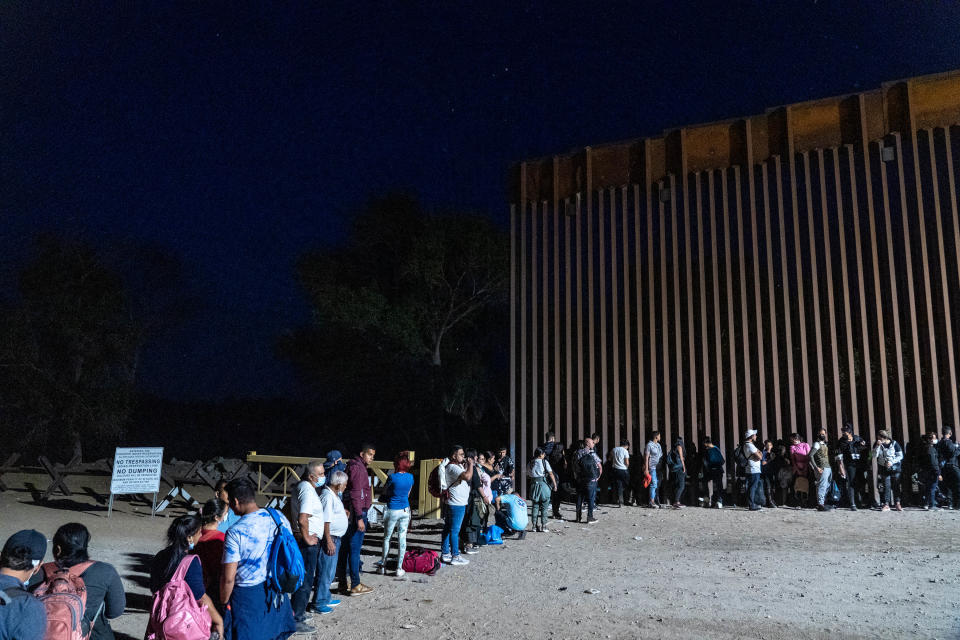
For three hours, the pair prayed on the bus as the men demanded about $500 from each person. If they couldn’t pay, the men threatened to kidnap them and take them to a warehouse, they said.
At the warehouse, the cartel members would contact the migrants’ families and demand a ransom for their release, Hislop said. Oftentimes, migrants are never released and killed after their families transfer the money, according to Osorio.
Hislop and Blanco were searched, robbed of all they had but ultimately released. Five of Hislop’s friends who were traveling with them were kidnapped and taken away, she said.
The pair huddled together on a recent morning, bundled in winter coats, hats and gloves with their blue medical face masks scrunched underneath their chins. As they spoke near one of the bonfires, a few other migrants waiting in line near them began to share similar experiences they endured along the journey.
“I lived a horrible psychological trauma there,” Hislop said. “That's where we met, because I was left alone and I got near her because all my friends were kidnapped.”
Migrants face rampant abuse from criminal organizations during their journeys from their home countries, often falling victim to kidnappings, sexual violence, indentured servitude and death. It has become standard practice for migrant women, no matter the age, to take birth control pills because the risk of rape and sexual violence is so high during the trip, Osorio said.
“This is incredibly dark and obscure and sinister, but this is the reality that many of these people go through by the thousands on a daily basis,” Osorio said.
Migrants are often recruited via social media by criminal organizations in their home countries to head to the U.S., experts say. They must then pay a substantial fee that often is most, if not all, of their savings, with no guarantee that they will actually make it into the U.S.
It has become more frequent for smugglers to hand over busloads of migrants to criminal organizations who then extort them and their families for money, Osorio said.
“They dump you,” Hislop said. "They tell you to go to such a place and leave you in such a place to be kidnapped."
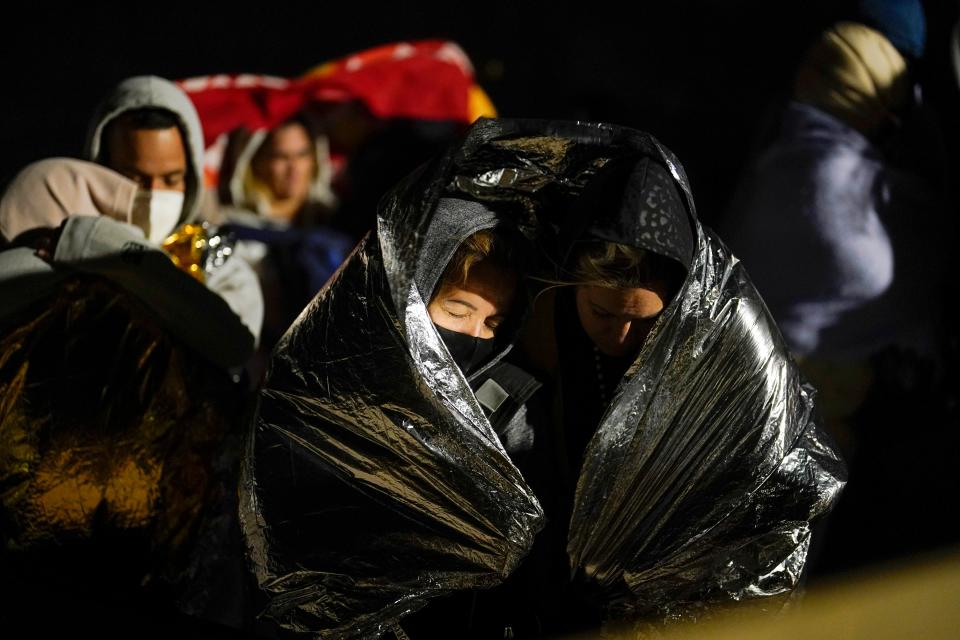
Hislop described how bus drivers along their journey from Nicaragua threatened to turn them over to immigration authorities if they didn’t pay them a fee of roughly $25.
“They're preyed and attacked from all different directions,” Osorio said.
Osorio cautioned that once Title 42 is lifted, and migrant populations decrease, criminal organizations may turn to Mexican populations in border cities to maintain the high levels of income they've earned from exploiting migrants.
'We have to be ready':Aid groups prepare for migrants when Title 42 ends
As Hislop and Blanco spoke, the string of bonfires was snuffed out and the line moved forward. A white Border Patrol school bus full of processed migrants roared to life nearby as billows of smoke from the extinguished flames stretched into the still-dark sky.
The bus trundled away from the line and faded into the darkness, illuminated only by its glowing red brake lights. As they had done days before, Hislop and Blanco would soon board a similar bus and face an uncertain future, together.
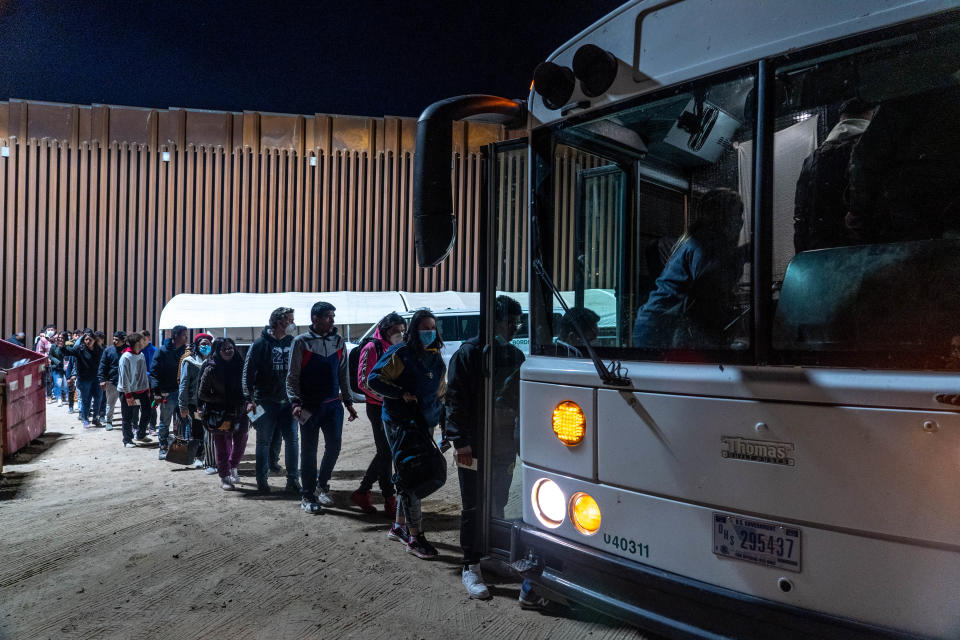
The Louisville Courier Journal contributed to this report.
Have a news tip or story idea about the border and its communities? Contact the reporter at josecastaneda@arizonarepublic.com or connect with him on Twitter @joseicastaneda
This article originally appeared on Arizona Republic: How cartels profit from migrants' desperation along U.S.-Mexico border

